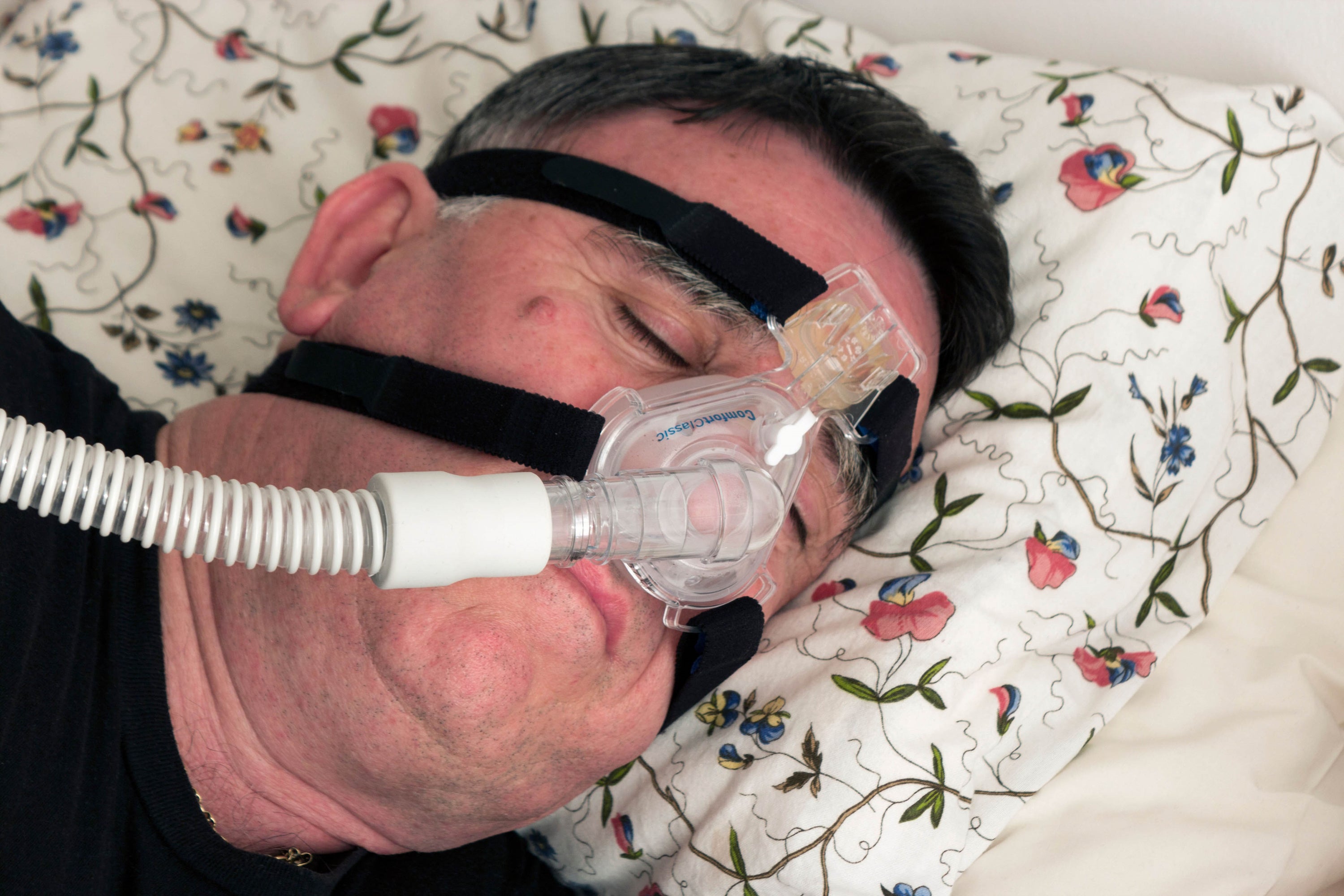
Blowing a conch shell regularly could help reduce the symptoms of a dangerous sleep condition, according to new research.
Shankh blowing is an ancient Indian practice used by yogis for thousands of years, and involves deep inhalation followed by forceful exhalation through a conch shell.
But scientists now believe the technique could have huge benefits for those suffering from obstructive sleep apnoea (OSA) – a relatively common condition where airways become blocked at night, interrupting peaceful breathing.
A study published in ERJ Open Research on Monday shows that people with moderate OSA who practised shankh blowing slept better, felt more alert during the day and had fewer breathing interruptions at night.
Researchers are now arguing the ancient method could be a simple and cheap way to reduce symptoms without the need for medication or machines.
Around 1.5 million adults in the UK are estimated to have OSA. As well as loud snoring and daytime sleepiness, the condition can also increase the risk of serious health issues such as high blood pressure, heart disease and strokes.
In the study, a group of 30 people with moderate OSA were randomly assigned either shankh blowing or deep-breathing exercises, with each group encouraged to practice at least 15 minutes per day for five days a week.

Researchers said that when the groups were reassessed six months later, the people who practised shankh blowing were 34 per cent less sleepy during the daytime.
The study found they also reported sleeping better, and monitoring of their sleep revealed they had four to five fewer apnoeas (where breathing stops during sleep) per hour on average. They also had higher levels of oxygen in their blood during the night.
The study was led by Dr Krishna K Sharma from the Eternal Heart Care Centre and Research Institute in Jaipur, India. He said their research showed potential for an alternative to the current treatment of a continuous positive airway pressure machine, or CPAP, which patients can find “uncomfortable”.
Dr Sharma said: “The way the shankh is blown is quite distinctive. It involves a deep inhalation followed by a forceful, sustained exhalation through tightly pursed lips. This action creates strong vibrations and airflow resistance, which likely strengthens the muscles of the upper airway, including the throat and soft palate – areas that often collapse during sleep in people with OSA. The shankh's unique spiralling structure may also contribute to specific acoustic and mechanical effects that further stimulate and tone these muscles.
“For people living with OSA, especially those who find CPAP uncomfortable, unaffordable, or inaccessible, our findings offer a promising alternative. Shankh blowing is a simple, low-cost breathing technique that could help improve sleep and reduce symptoms without the need for machines or medication.”
He added that the study was “small”, but researchers are now planning a larger trial involving several hospitals.
Foreign nationals in prison: Latest numbers and trends
Hospitals are buying up doctors’ offices and it could impact your bill
The surprising ancient ritual that could help improve your sleep
Ukrainian troops have little hope for peace as Trump's deadline for Russia arrives
The new drug that ‘could boost effectiveness of chemotherapy’
Full-fat milk vs low-fat milk: Study reveals which is healthier for your heart







